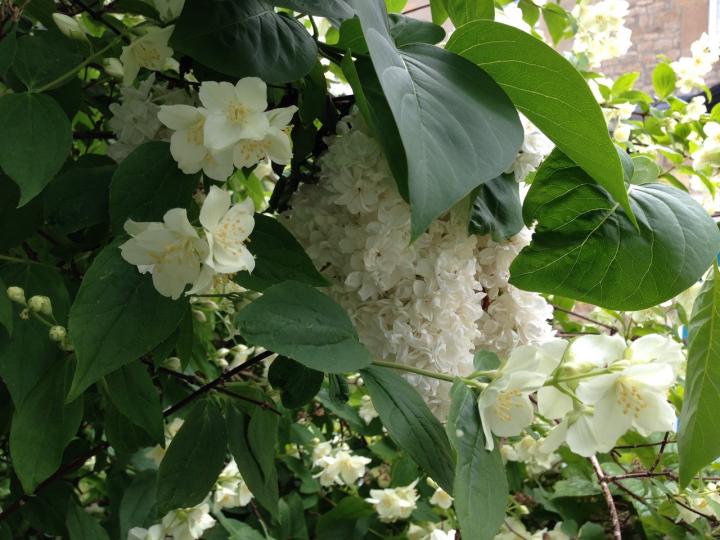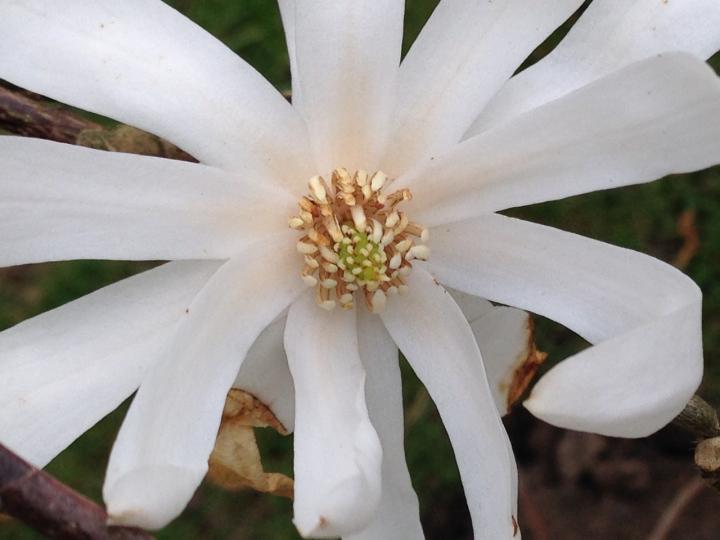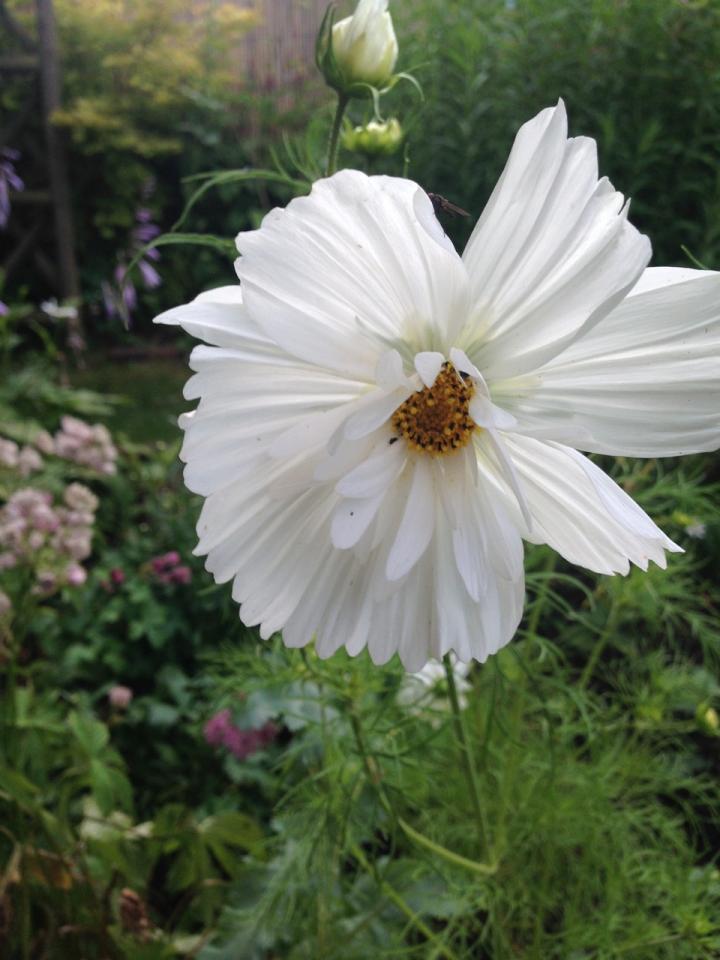Primary Image

Photo Credit
Shutterstock
White Flowers That Shine in the Moonlight

Getting Started with Flower Gardening
Building a Raised Flower Bed Garden
Choosing Flowers
Types of Flower Gardens
Growing Flowers in Containers
Spring and Fall Bulbs
Caring for Flowers
More Like This
There is one night bloomer that is wonderful i didn't see listed, the Dragon Fruit flowering at night as well.
A re Montauk daises perennials and how do I keep them over the winter
Yes they are perennials that bloom in late summer/fall. You don't need to do anything to overwinter. They can be fairly aggressive growers but I love them anyway,
Another great night blooming flower is the evening primrose. Plants are short to the ground, but send up a 1-3 foot stalk that has multiple,sweet smelling yellow blooms. As night falls, you can watch as the petals open. However be cautioned, like moonflowers, it produces a lot of seeds and can easily 'take over' your garden. You can often see them growing wild along roadways/highways. Also, be aware that Moonflowers produce big, thorny seed pods sort of like sycamore balls which are full of seeds. I usually cut them off before they mature to encourage the plant to keep producing blooms.
there is also Datura's the beauties stark white bloom at night to early morning they smell heavenly they look like Easter lilies and grow pods full of seeds
I have yellow flower that I was told was Evening Primrose. It blooms all day and is very invasive, it also has a bloom that looks like primrose. Once tghe Primrose blooms does it stay open or close during the day. Can someone out there help?
I don't know a lot about primrose other than what you're describing sounds like evening primrose. And yes, it is very invasive and I had to pull all mine out as it was taking over the garden. I don't know about blooms staying open or closed at night.....it's a pretty plant, but too high maintenance for this older gardener.
Thank you folks for what you do. You help us make a better world on our property/little farm/gardens. Although I failed to get my almanac this year, here you are with vital information to help me get by to Fall. Thank you. I WILL get my almanac today - if I can find one.
I planted my pole beans in the wrong moon cycle, and got only blooms. I must replant to get a much needed harvest of beans. Because of your information available online, I am able to do this with confidence. Thank you once again. I am very grateful grandma gardener.
Hi Judikay, We very much appreciate your kind words. It may be hard to find the 2020 Almanac right now, but the 2021 Almanac will be available in a month or two! It lasts the entire year. If you pick up a copy, we hope you find it "useful with a pleasant degree of humor!" Thanks, again, Your OFA Editors
What a lovely idea. :)













Comments